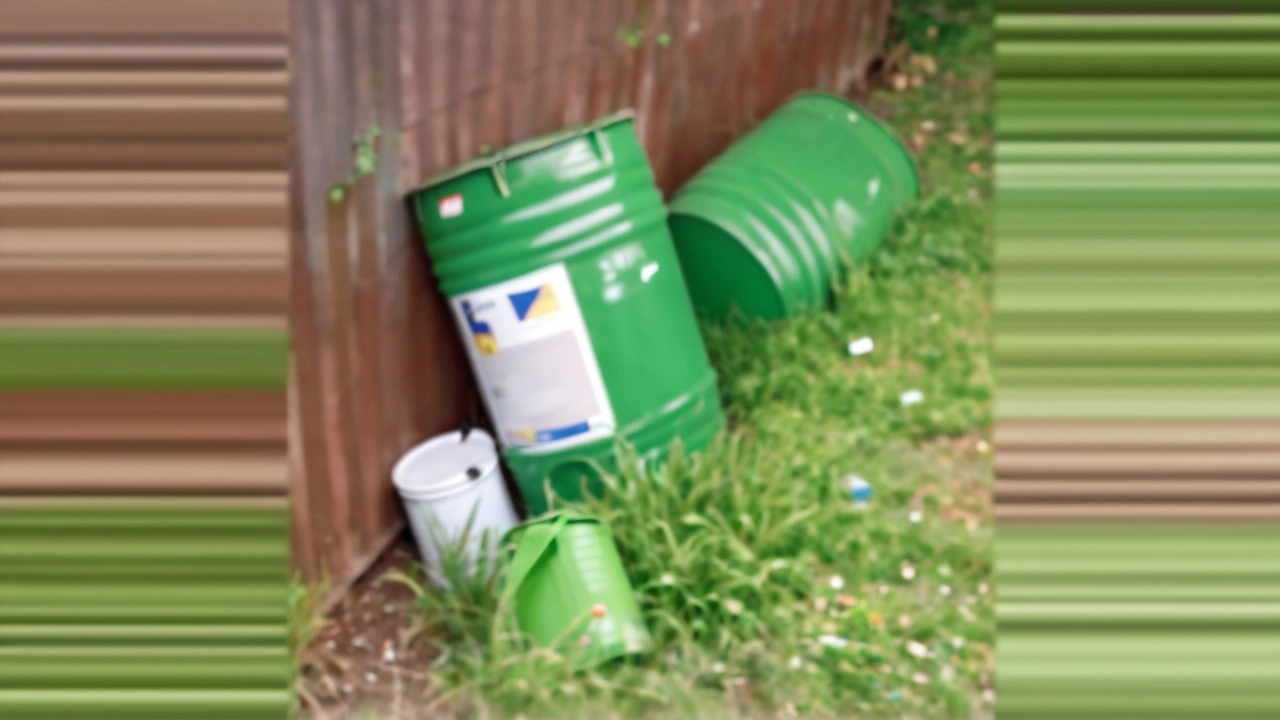Sodium Cyanide Spill: What You Need to Know
Sodium cyanide spills pose serious risks, especially in regions where mining and industrial activities use this chemical. It’s highly toxic, and when it leaks into the environment, it can harm water sources, wildlife, and people nearby. Knowing what happens during a spill and understanding quick response measures can make a big difference in limiting damage.
Sodium cyanide is widely used in gold mining across Africa. When it escapes containment, it contaminates rivers and soil, which impacts aquatic life and local communities relying on those water sources. Since the chemical is so dangerous, even a small spill requires immediate action to prevent poisoning and long-term environmental problems.
Why Sodium Cyanide Spills Are Dangerous
One reason sodium cyanide is so harmful is its ability to release cyanide ions, which interfere with the body’s ability to use oxygen. This makes it toxic to fish, animals, and humans alike. People exposed to contaminated water can face symptoms ranging from dizziness and headaches to fatal respiratory failure if not treated quickly. Wildlife in affected areas may suffer mass die-offs, disrupting the food chain and local ecosystems.
Responding to Sodium Cyanide Spills Effectively
Handling a sodium cyanide spill starts with quick containment to stop it spreading into rivers or groundwater. Emergency teams use barriers and neutralizing agents to reduce toxicity. Public safety measures like evacuations and warning people to avoid contaminated water are crucial during these incidents. In some African countries, response preparedness varies, so raising awareness and improving emergency plans can save lives and reduce environmental harm.
Preventing spills involves strict safety checks on mining operations and transportation routes. Communities near mining sites should be informed and involved in monitoring risks. With the right knowledge and swift action, the impact of sodium cyanide spills doesn't have to be devastating.
Stay informed on local industrial activities and emergency protocols to protect yourself and your environment. Understanding the risks and solutions helps everyone contribute to a safer future.

